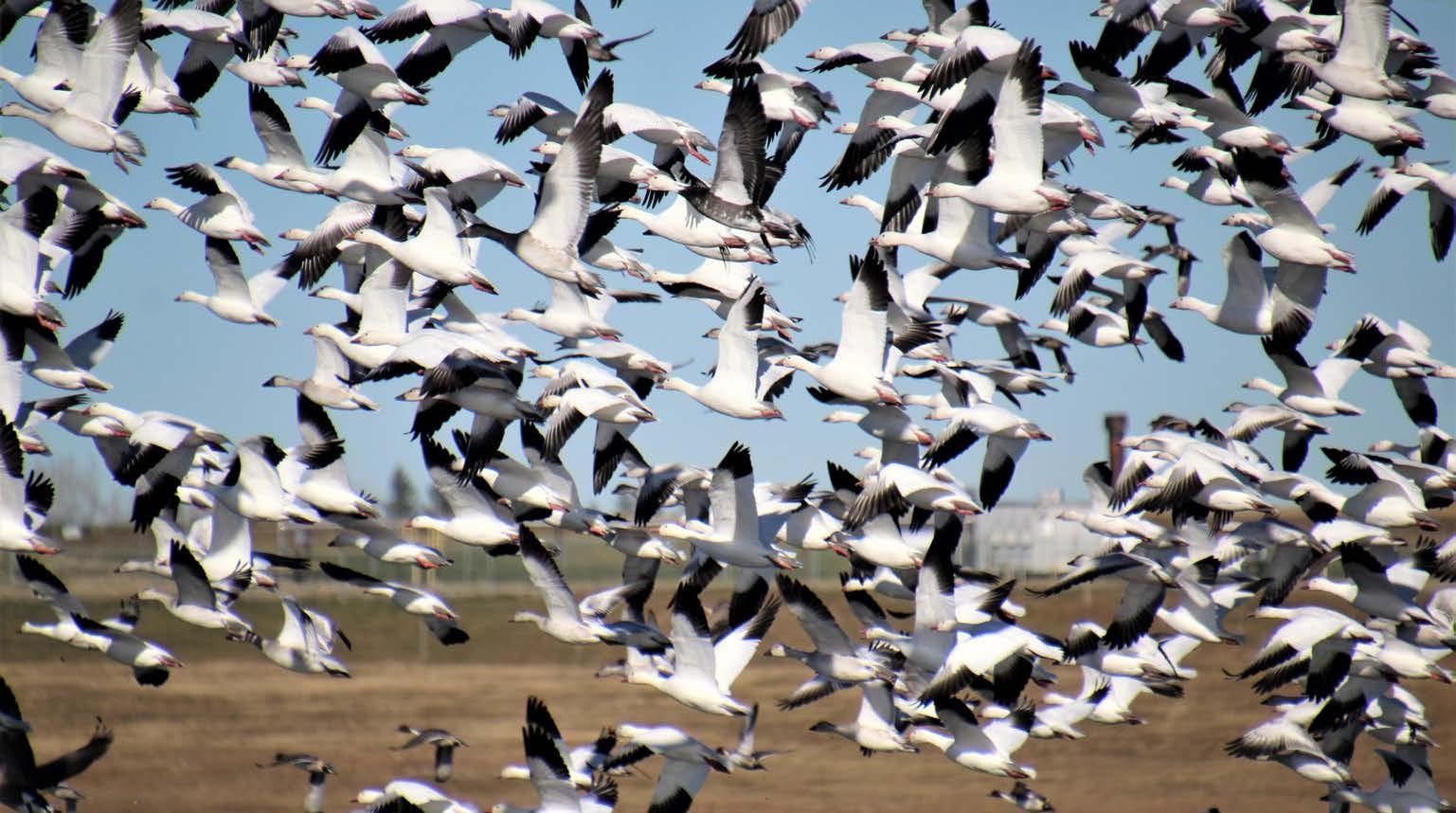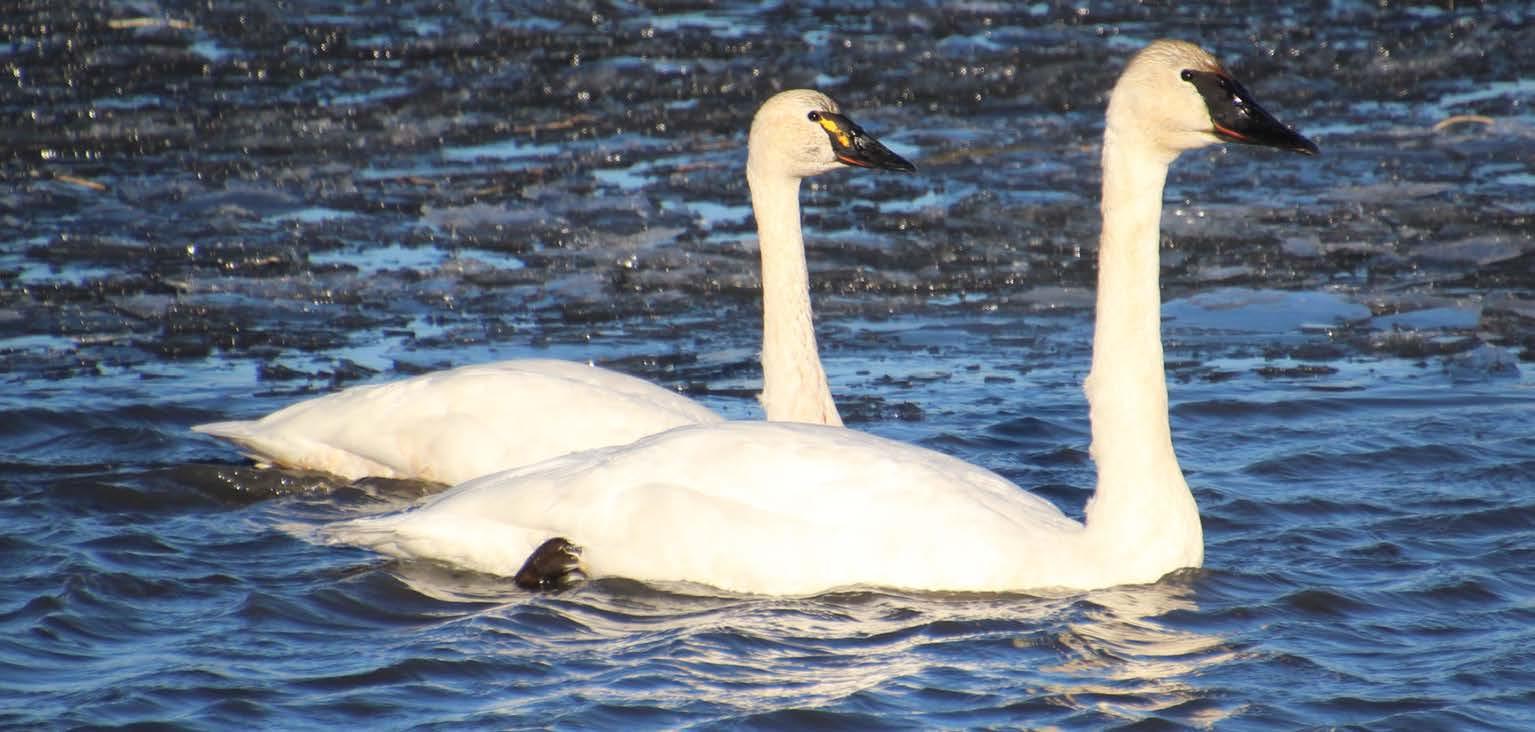
3 minute read
Crows Feet Birding with Don & Elaine
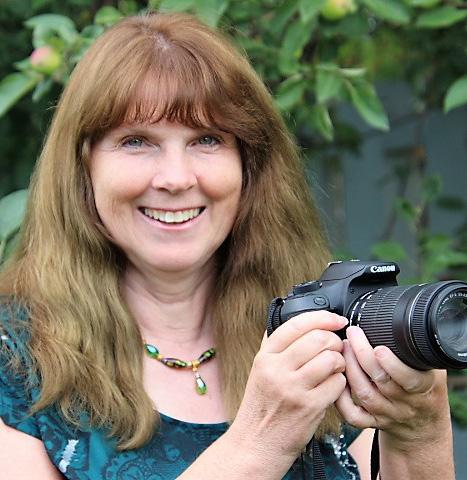

Advertisement
Mysteries of Magnificent Migration

With the leaves of deciduous trees having a chance bud in weeks this spring, it reminds us of the beginning of a journey, made annually for thousands of years by nature’s avian adventurers. While we are able to nestle warmly in our homes and apartments and wait out the cool weather, most of what we enjoy watching, about two thirds of our bird species, are heading to warmer climes. When we think of the powerful snow goose, weighing almost 6 pounds, flying down from the Arctic to the southern United States or Mexico, the flight might be effortless. When a warbler, such as the blackpoll, which weighs less than onehalf of an ounce, travels from Alaska to South America in just 72 hours, migration is truly a miracle. Imagine reversing those journies during the spring of 2023.
With fantastic distances to traverse, all migratory species take great risks. Research by Ken Rosenberg, Nanette Mickle and Andrew Farnsworth, investigate the mystery of migration, in answering two vital questions: Is a migratory route totally random, or are there specific locations on the migration route at which birds stop? Are there dangers during migration that can be addressed? Being able to track birds on their migration can provide valuable insights and help humanity increase conservation possibilities by making these migration routes safer for birds.
Weather radar has traditionally been used to track migratory bird flocks. Eagles and falcons have been fitted with satellite transmitters to track their migration routes. A little too heavy for songbirds like the blackpoll warbler, smaller devices are being used to track these tiny flyers. Dedicated researcher, Nanette Mickle, has worked with Dr. Bridget Stuchbury of York University, who started using tiny geolocators in 2007. These geolocators inially record light levels every few minutes. Once the gro-locator is retrieved from the brds, software is used to download the data and convert the light levels to longtitudes and latitudes to indicate where the birds are roosting. Nanette has provided a photograph of a purple martin fixed with a geo-locator to show how and where they are attached, very much like a backpack.
Purple martins living at the Ellis Bird Farm near Lacombe migrate to Brazil, overwintering at very specific roosts within the Amazon Basin, were fixed with geo-locators in 2014. Amazingly most of the purple martins from across the continent shared very specific “habitat islands”, where water played a significant role in the location. Only 17% of the roost locations are on protected land in the Amazon Basin, causing concern for scientists. A species that flies over central and northern Alberta on its route to breed in Alaska, the Northwest Territories and Nunavut, all the way from South
America, is the gray-cheekd thrush. Cornell Lab researcher, Camila Gomez tracked the migration of these thrushes in 2015 and 2016. She discovered that these thrushes stopped for up to ten days refueling for every two or three days of actual flight. The thrushes stopped consistently at the Sierra Nevada de Santa Marta mountain range to re-energize. However, she also found that key resting areas in Central and South America were being eaten way by the clearing of land for agriculture.
While resting spots are used during the daytime, much flight takes place at night. Light pollution has had a notable impact in disorienting birds on migratory flights. Scientist Kyle Horton, noted that over 1 million birds were drawn to the mile high light beams from the 9/11 memorial in New York over a period of just seven nights. In collaboration with the 9/11 Memorial & Museum, the lights are dimmed periodically to disperse the birds. Even specific buildings can create challenges for birds. In the city of Chicago, McCormick Place, a glass facaded building, located on the edge of Lake Michigan, no less than 40,000 dead birds were collected over four decades as a result of flying into the building. Once the lights were being turned off in the early 2000s, the number of annual bird deaths dropped to the hundreds.
A current global concern of climate change has also impacted bird migration. With noted weather extremes some unique deaths of birds have been observed and attributed to weather changes. On September 7th, 2020, the temperature in Albuquerque set at new record at 97F. Two days later a record low of 39F occurred, bringing high winds, snow and freezing rain. Total bird deaths ranged from the thousands to hundreds of thousands in the areas affected by the weather shift. . When examined by Andrew Farnsworth, nearly all of the birds were starving. In looking at a summer of extremely hot weather, accompanied by a busy fire season and drought. Farnsworth stated that insect populations were very low. Adding in a snow storm put the birds over the edge of survival. Greater evidence of the impact of climate was discovered in 2019 where 24 years of bird migration radar data were examined. A key finding was that birds were shifting their migration by two days each decade.
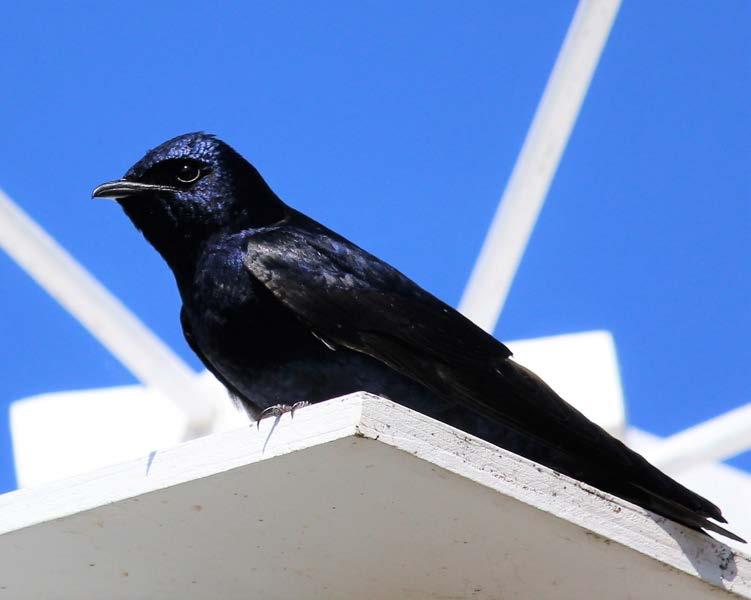
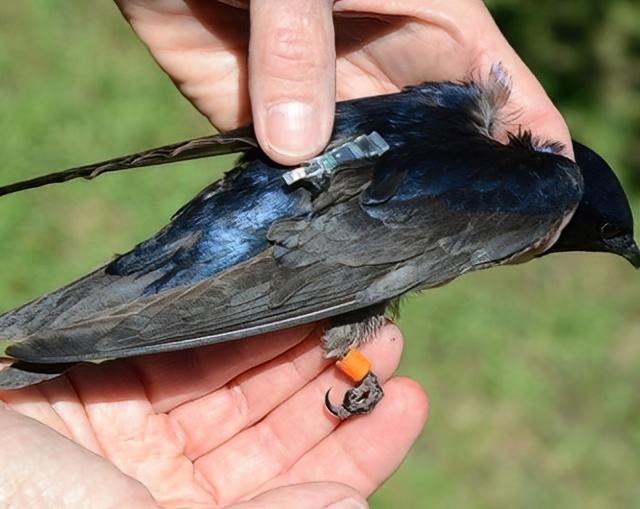
Migration is truly a pleasure to experience for our eyes. In the spring, millions of birds head north to continue the survival of their species. In the closing days of the fall migration, we know that birds take enormous risks and that human caused changes do decrease the chances of making it to their second home. By protecting key habitats on a migration route, dimming lights in buildings and learning more about the magic of migration, we can continue to fit into a “bird’s eye view” of our world.
